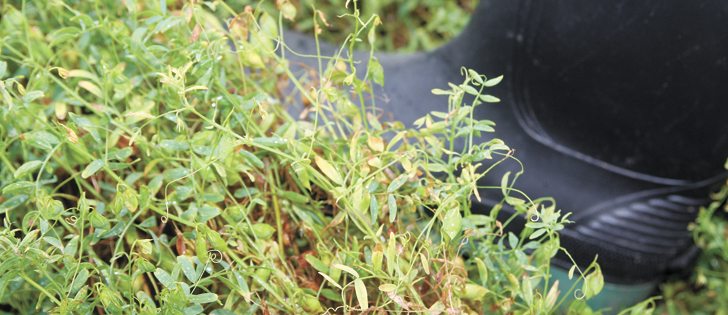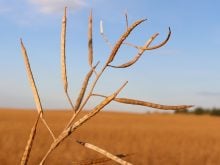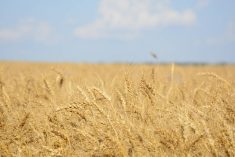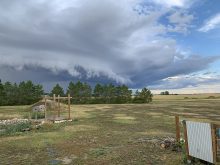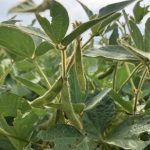WINNIPEG — Thunderstorms and rain systems continued to roll across Saskatchewan last week, increasing the number of lentil fields at risk for yield loss and potential abandonment.
“Certainly in that west-central part of the province, Rosetown and other significant lentil growing regions, we have seen some problems and crop failures due to too much moisture,” said Carl Potts, executive director of the Saskatchewan Pulse Growers.
Statistics Canada pegged lentil area at 5.8 million acres. That is up from last year’s tally, which was just less than four million acres.
Read Also

Russian wheat exports start to pick up the pace
Russia has had a slow start for its 2025-26 wheat export program, but the pace is starting to pick up and that is a bearish factor for prices.
Potts believes the moisture problem in Saskatchewan, where most of Canada’s crop is grown, could result in a 10 or 15 percent reduction overall.
“We’re expecting a higher-than-average amount of abandonment or difference between seeded area and harvested area than normal,” he confirmed.
Heat and dry weather are needed to remedy the situation in many fields, but Potts said some crops still look good.
“It’s really a year of significant differences with reports of very good, ideal growing conditions in some cases,” he said.
The weather at harvest time will be critical, he said, as lentils need time to dry down before being taken off.
“One of the other concerns about the moisture is disease,” he said.
Despite the challenges posed by the excess water, Potts still expects a large crop to be harvested this year, it just may not reach the lofty targets talked about in June.
“A very higher seeded area, with lower yields than usual, will still produce a significant amount of lentils.”

